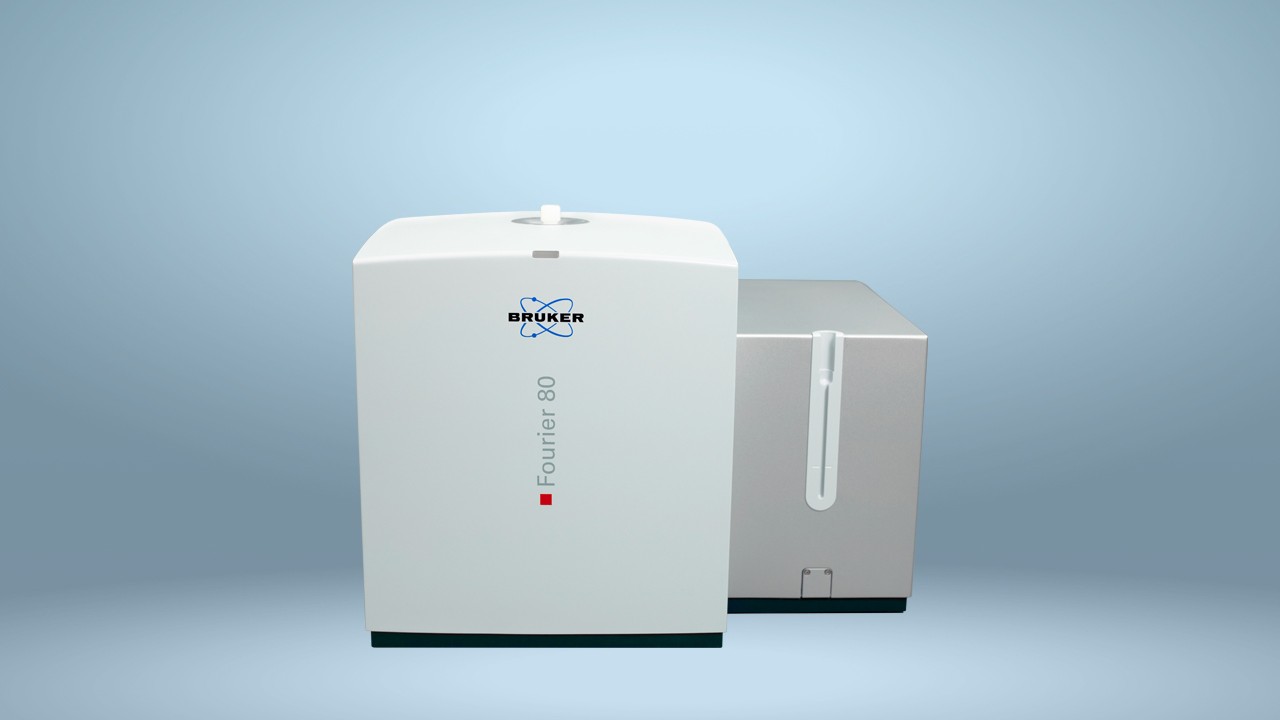

NMR provides effective discrimination of counterfeit perfumes
Nuclear magnetic resonance spectroscopy (NMR) is a proven tool for the analysis of complex mixtures, identifying all constituent entities in a single analysis. The technique has now been used for the first time to discriminate between genuine and counterfeit perfumes.
The success of the perfume market is reflected in the global value, being USD 31.4 billion in 2018. An increase in online sales, largely due to the growing popularity of perfumes among the younger population, is ensuring ongoing growth. The entry of perfume on the online retail platform, however, has provided greater opportunity for the sale of counterfeit perfumes.
Instead of using expensive essential oils to create the desired fragrance, unscrupulous traders are producing imitations of well-known, expensive perfume brands in which the essential oils are replaced by cheaper synthetic chemicals. The counterfeit perfumes are marketed at prices that undercut the authentic product using packaging that is not easy to differentiate from the genuine article in order to dupe unsuspecting consumers. Rather than getting the perceived bargain, consumers are paying high prices for inferior perfumes that may contain toxic or irritant chemicals. Counterfeit products do not undergo the safety assessments required for genuine products and so the effects of using them are unknown. It is, therefore, a priority to be able to readily identify counterfeit perfumes so they can be removed from the market to protect both consumers and reputable manufacturers.
Although some success has been achieved in the detection of counterfeit perfumes using artificial electronic olfactory systems, these are limited by their ability to only detect volatile components. NMR spectroscopy was therefore proposed as a possible tool for the full characterization of perfumes. By obtaining NMR spectra of authentic perfumes, cheaper imitations could be identified through a comparison of the spectra obtained from the analysis of unknown samples.
In a recent study, 1H NMR spectra were obtained for a range of original perfumes using a Bruker Avance II Plus 700MHz spectrometer with a 5 mm broadband BBI probe. Counterfeit versions of these perfumes we analyzed in a similar manner and the spectra obtained compared utilizing principal component analysis and liner regression approaches of integrated spectral data. All chemometric analysis was performed on Bruker software packages. The compositions of counterfeit perfumes were considerably different from the original perfumes. The analysis showed clear indications for the counterfeit products not even being produced by dilution of the original ones. Furthermore, various components only being present in fake products are suspected to be a health threat to the consumer.
This latest research supports the use of 1H NMR fingerprinting as a viable and rapid method for identifying counterfeit perfume and combatting the unscrupulous marketing of inferior imitations.
Once more, Bruker’s unique solution offering enables authorities to effectively fight product adulterations and to increase consumer safety.


